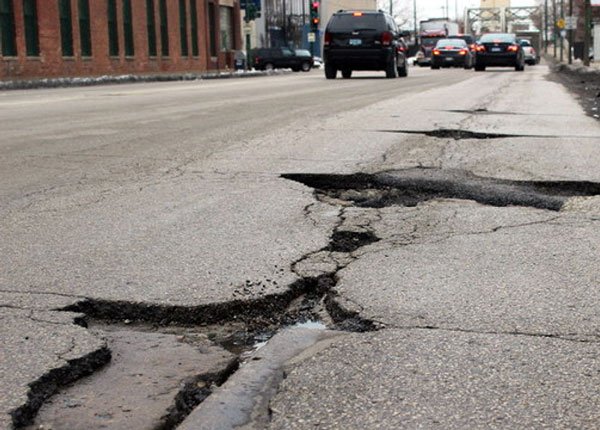
Risk In Driving Environments: Adapting Your Driving Behavior for Safety
Updated Nov. 16, 2020According to the Federal Highway Administration, there are currently just over 4 million miles of road in the United States – a figure which grows on an almost daily basis. Many different types of roads make up the highway transportation system, each of which presents drivers with a unique set of challenges.
These road types can be organized into three categories.
- 1

Local roads.
This covers urban, suburban, residential and rural roads. Most local roads have low-speed limits, narrower lanes and are used by motorists traveling to and from their homes. - 2

Arterials.
These busier thoroughfares include county roads, avenues and highways. They connect with local roads, facilitating travel between different communities and towns. - 3

Limited access highways.
Also referred to as freeways or expressways, these roads are the main thoroughfares connecting every state and major city in the country. Limited access highways are wide, high-speed roads that can only be entered or exited at interchanges.
The challenges you face when driving depend heavily on the type of road you are using and whether that road is in an urban or rural environment. As part of your driver’s education program, you must learn to identify the risks linked to each driving environment and act preemptively to avoid danger.
Different driving environments fall into one of four graded risk classifications: controlled, low, moderate and complex. Various factors influence the risk classification of a road, including:
- The number of lanes present.
- The volume of traffic using the road.
- The presence and efficiency of intersections, signs, signals and other traffic control measures.
- The number of distractions drivers may experience.
- The layout of the road.
- The consistency of space available for drivers.
- The number of view-limiting obstructions present.
Controlled risk environments
Very few driving environments qualify as “controlled risk”. When you practice driving maneuvers in an empty parking lot or on private property, this is considered a controlled risk environment. With no other motorists or common road hazards around, you can drive with very little risk and without fear of conflict. Keep in mind that even controlled risk environments are not 100 percent safe, as a motorist may still endanger themselves with irresponsible maneuvers or by driving too fast.
Low risk environments
Relatively quiet, two-lane roads in rural, suburban or city areas may qualify as low risk environments. Such roads typically have a speed limit of around 25 to 35 mph, though this will vary state-by-state – check your driving handbook for local information. Low speeds and low volume of traffic allow drivers a clear view of the road ahead and plenty of time to identify potential hazards. The risks that you may have to contend with in a low risk environment include:
- Adverse weather or road conditions
- Children playing near the roadway
- Trees or building obstructing your line of sight
- Parked cars and delivery trucks on the roadway
Moderate risk environments
Increase the speed limit and/or the volume of traffic using a road and the risk involved increases too. Moderate risk environments are found in urban, rural and suburban areas with typical speed limits of 45 to 60 mph. Here you may encounter more road users occupying the roadway, minor intersections, multiple lanes and a greater number of distractions than in a low risk environment. You may also encounter right-of-way conflicts in moderate risk environments. Motorists must remain alert to drive safely on these streets.
Complex risk environments
In complex risk environments, motorists face multiple distractions, heavy traffic, line of sight obstructions, right-of-way conflicts and often, high-speeds. Worse still, these conditions are usually unpredictable and could change at a moment’s notice. Crashes that occur in complex risk environments often have more serious consequences than those which occur in a lower-risk setting. Complex risk environments include:
- Major highways with speed limits of up to 85 mph (check your driving manual for highway speed limits in your area).
- Urban and suburban intersections.
- Busy multi-lane roadways.
Driving safely in a complex risk environment demands constant monitoring of the roadway around your vehicle, along with regular adjustments to speed and lane position.




